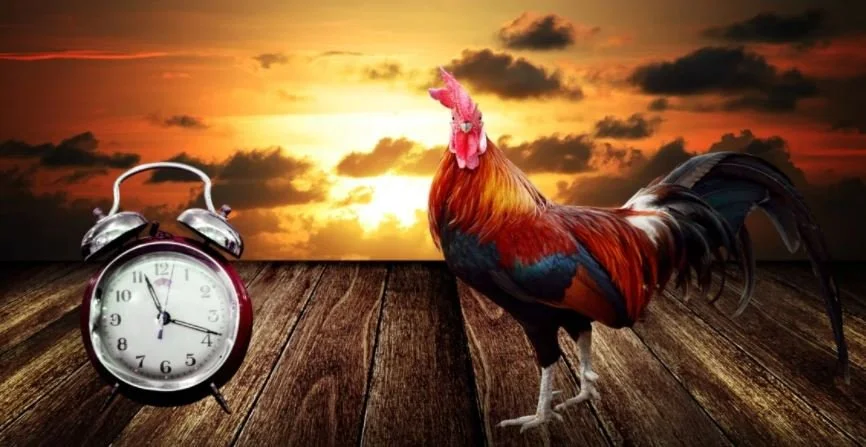Changing Times
I don’t know about the rest of you, but I’ll be glad when this clock-changing idiocy is over and done with. Too bad we’ll have to wait until 2023 if it happens. I’m sure there will be a stampede of programmers coding updates so our electronics won’t automatically spring forward or fall back anymore.
There’s been grumbling already about having to go to school or work in the dark and cheers for having daylight longer into the evening, but the truth is you can’t please everyone at the same time. And then someone erroneously exclaimed, “I’ll bet the farmers will be happy!”
What?
More proof that everyday folks are so far removed from food production they don’t know how farming really works.
First off, plants and animals don’t use clocks. They set their own schedules by the length of the day unless they’re forced to do otherwise. By that, I mean things like heated greenhouses, feedlots, and industrial barn production where the farmers set the schedule. Most of the dairy farmers I’ve known over the year keep an insane schedule of milking in the pre-dawn hours or late at night. That’s not the cow’s schedule, it’s the farmers’, many who have had to have an off-farm job to make ends meet or get health insurance. They do their farm work before they go to a full-time job and again when they come home. Daylight savings or standard time doesn’t mean a hoot to them as long as the work gets done.
You know you can farm in the dark? Tractors have headlights. After driving a big rig all day, my neighbor does most of his field work at night. There’s nothing like drifting off to sleep to the constant hum of a combine or worse, a manure spreader.
After the arctic blast last week that gave me an ice cream headache while doing chores, I kind of envy the greenhouse guys who were able to work out of the wind. All the greenhouses around here are glowing in the early mornings or late into the evening as the artificial lights trick the plants into doing their thing faster so plants can get a head start on the growing season.
Back in 2017 when the U.S. experienced a solar eclipse I was out with my homemade shadow box and welding goggles when I noticed the critters heading in from the fields as daylight waned in the middle of the day. The chickens roosted, too, something they do naturally as the light fades. But as the light returned over the following hours the look of confusion was evident on everyone’s face. I kid you not, the sheep and goats kept looking at the sky and then to me as if to say WTF!
We’ve already tried switching to Daylight Savings Time permanently back in the 70’s for a few years and Americans couldn’t stand the dark winters, quickly switching back to the old system.
On the other side of the coin, there’s the option for permanent standard time, but that would mean sunrise happing prior to 4:30 am in many parts of the country. Sleep researchers worry that would wreak havoc with humans’ circadian rhythms precipitating an assortment of health problems. Talk to anyone who has to work rotating shifts and they’ll tell you how it messes with their diets and sleep patterns.
Why choose one over the other?
Permanent daylight savings benefits would last 240 days while going full time to standard time would only offer 120 days of benefits so it looks like DST will be the choice. Either way is fine with me. I’m only chained to my alarm on market days. The rest of the week I awake when the sunlight streams through my bedroom window, when the rooster crows, when the turkeys gobble, when the woodpeckers start pounding on the trees, when the Canada geese noisily fly by on their way to the pond, when the songbirds start singing, and these days, when the bottle babies I keep in the foyer start bleating for their breakfast.

